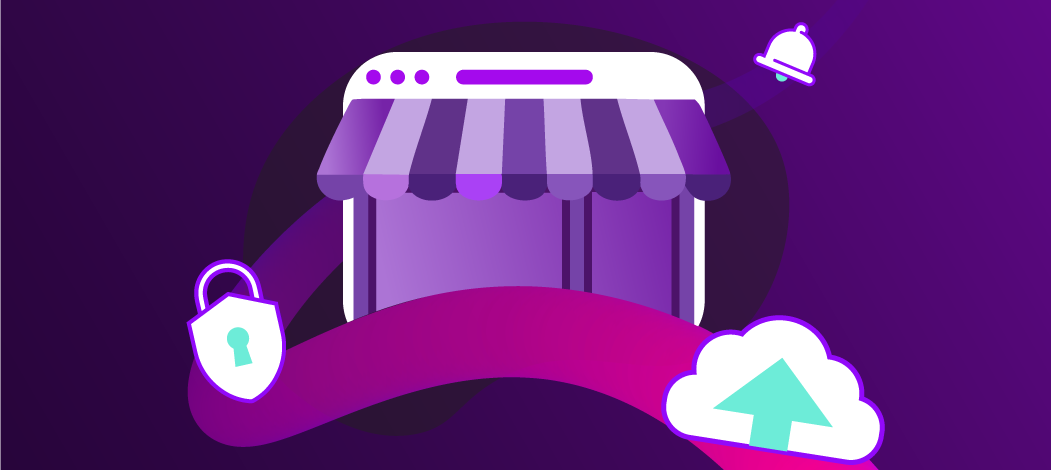
Let’s face it, the phrase ‘cyber security’ might not conjure up much excitement, but it’s one of those things that small businesses simply can’t ignore.
After all, cybercriminals don’t just go after the big multinationals—they love targeting small and medium-sized businesses (SMBs) because they often have fewer defences.
The good news? Building a solid cybersecurity strategy for your small business doesn’t have to be a pain! In fact, it can be pretty straightforward once you break it down.
Let’s walk through a step-by-step guide to keeping your small business protected.
Know your risks
First things first—figure out what you’re protecting. Do you store sensitive customer data or financial info? What would happen if your website went down or your emails got hacked? Conduct a quick “risk check” to identify:
- What sensitive information you have and how it’s being stored.
- Where your potential weak spots are.
- The types of threats most likely to target your business, such as phishing or malware.
Knowing what’s at stake helps you figure out where to focus your security efforts.
Set your ground rules
Once you’ve identified your risks, you need a set of rules so everyone on your team is on the same page. These could include:
- Data protection: how will you handle sensitive information? Where should it be stored, and who gets access?
- Access control: speaking of access, not everyone needs a triple-A pass! Decide who gets to see what by implementing role-based access control.
- Password policies: make sure your employees are using strong passwords. Additionaly, it’s best practice to use two-factor authentication (2FA) as well. Click here for more info on how to create unbreakable passwords.
- Response plan: if something goes wrong (like a hack or data breach), how are you going to handle it?
With these basics in place, everyone knows what to do, and there’s less room for mistakes.
Train your team
Human error remains one of the most common causes of data breaches. One click on the wrong email, and suddenly, you’ve got a problem. That’s why it’s vital to train your team. Keep it fun and engaging by turning it into a game or a challenge, not just a boring slideshow!
A business’ cyber security training should cover:
- How to spot sketchy emails or suspicious links.
- Why strong passwords are a must.
- The importance of keeping work devices secure.
Regular training keeps your team sharp and reduces the chance of human error causing problems.
Layer up
Cybersecurity works best when you’ve got multiple layers of protection all working in tandem. Here’s what that might look like:
- Firewalls: these are your first line of defence, keeping unwanted traffic out of your network.
- Antivirus and anti-malware: these detect and neutralise any malicious software.
- Encryption: this scrambles your data, making it impossible to for outsiders to read.
- Backups: in case the worst happens, make sure you have copies of your data. Find out more about our Axon Back-Up solution here.
This way, even if one layer gets breached, others are there to protect you.
Stay updated
Malicious hackers love outdated software because it’s full of holes they can exploit. Make it a habit to:
- Regularly update your software, operating systems, and apps.
- Automate updates when possible.
- Patch vulnerabilities as soon as they’re identified.
Staying current with updates helps close the doors on any threats before they can sneak in.
Plan for the best, but prepare for the worst
No matter how strong your defences are, there’s always a chance that something could go wrong. If things do go wrong, make sure you know how to react. Your incident response plan should cover:
- Detecting the attack: how will you know if you’ve been hit?
- Containing the damage: isolate the problem so it doesn’t spread.
- Eradicating the threat: get rid of the problem as soon as possible.
- Recovering: get back to business, minimising downtime.
The key is to act fast and stay calm—you’ve got this!
Building a cybersecurity strategy for your small business doesn’t have to be daunting. If you’re interested in learning more about how to boost your cyber security and how it can benefit your business, click here to find out more or contact us today to speak with one of our experts.
